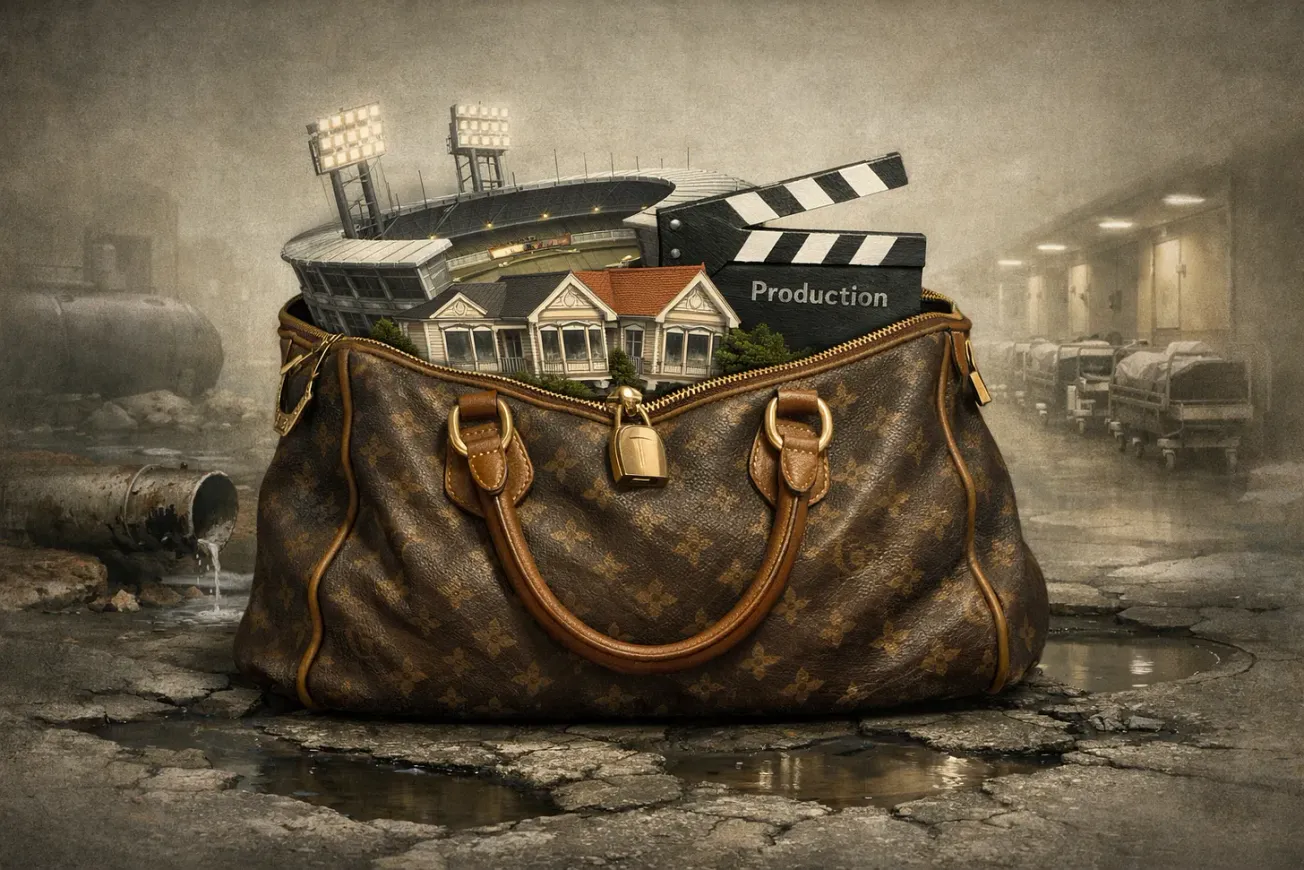Table of Contents
All of us who had the good fortune to grow up when Sunday school was a given, and so imbibed to at least some degree what is one of the key foundations of Western civilisation, Christian culture, know the story of Sodom and Gomorrah. So vivid is the Old Testament story that its very names have seeped into the English languages as bywords for immorality and sexual peversion. (Even though gonorrhea is derived from the Greek, it was often spelled Gomoria from a folk-etymological association with the Biblical city.)
But, while Sodom and Gomorrah get all the attention for bringing down God’s wrath in fire and brimstone, they were not the only two of what were called the Cities of the Plain. Nor were they the only two obliterated for their sinful ways — sins which may likewise not be what you’ve always been taught.
So, what were the Cities of the Plain? And what did God have against them?
Admah and Zeboim are mentioned in Deuteronomy 29:22-23. And Genesis 19:23 identifies the third city as Zoar.
Admah and Zeboim were equally sinful, so they were destroyed. They probably just weren’t as popular as Sodom and Gomorrah.
Zoar, on the other hand, was spared the wrath of God because Lot (Abraham’s nephew) took refuge in it.
The almost-ubiquitous story is that the cities were destroyed because of their sexual perversions, hence, “sodomy”. While the word today is mostly associated with homosexuality, “sodomy” once encompassed all manner of “unnatural” sex acts, hetero or homosexual.
It might seem, on first blush, to be a lay-down-and-bite-the-pillow misere that that’s what ticked the Almighty off.
The homosexual theory points to Genesis 19:5, where some men of Sodom told Lot:
“Where are the men who came to you tonight? Bring them out to us so that we can have sex with them.”
The idea is then emphasized in Jude 7, which reads: “Sodom and Gomorrah and the surrounding towns gave themselves up to sexual immorality and perversion.”
But homosexuality was far from the only deadly sin of the Bronze Age Middle East. Even today, hospitality is a very big deal in the Middle East. In ancient times, even more so.
Matthew 10:14-15 says: “If anyone will not welcome you or listen to your words, leave that home or town and shake the dust off your feet. Truly I tell you, it will be more bearable for Sodom and Gomorrah on the day of judgment than for that town.”
Hospitality was such a big deal that the story of Sodom and Gomorrah offers what seems to us today an almost incomprehensible twist. When the men of Sodom besiege Lot’s house, demanding that he bring out the strangers he has taken in as guests (angels, as it turns out), Lot makes a bizarre-sounding offer.
Behold now, I have two daughters which have not known man; let me, I pray you, bring them out unto you, and do ye to them as is good in your eyes: only unto these men do nothing; for therefore came they under the shadow of my roof.
One of the most deadly sins in Christianity (it was the sin that led to Lucifer’s casting-out from Heaven) is pride. Other Biblical passages indicate that this was the great sin of the Cities of the Plain.
Ezekiel 16:49 reads, “Now this was the sin of your sister Sodom: She and her daughters were arrogant, overfed and unconcerned; they did not help the poor and needy.” Sounds like a self-absorbed, sinful city, right?
Jeremiah 23:14 adds to the debate by saying, “And among the prophets of Jerusalem. I have seen something horrible: They commit adultery and live a lie. […] They are all like Sodom to me; the people of Jerusalem are like Gomorrah.”
MSN
So, rum-buggery or rudeness? Or both? I’ll leave that up to the theologians to decide.
Another question raised by the Biblical account is: is there any truth to it? Surprisingly, there is good reason to believe that four of the five cities of the plain indeed existed and were wiped out in a rain of fire from Heaven.
Archaeological research from 2005 on has uncovered a Middle Bronze Age city called Tall el-Hammam, located in the Jordan Valley northeast of the Dead Sea. Even more intriguing, all evidence indicates that it was indeed destroyed by a cosmic airburst.
The entire city area is covered by a thick layer of carbon and ash, dating from 3,600 years ago. Even more telling is the presence of shocked quartz, a certain indicator of an impact site, and melted pottery and mudbricks, diamond-like carbon, soot, remnants of melted plaster, and melted minerals including platinum, iridium, nickel, gold, silver, zircon, chromite and quartz.
As for Zoar, it indeed survived in what was long a fertile valley centred around an oasis in the lower Jordan Valley. Also known as Zoara, it is amply attested by historical records from the 6th Century to the times of the Crusades. What caused the city to ultimately succumb to the desert, and when, is unknown.









